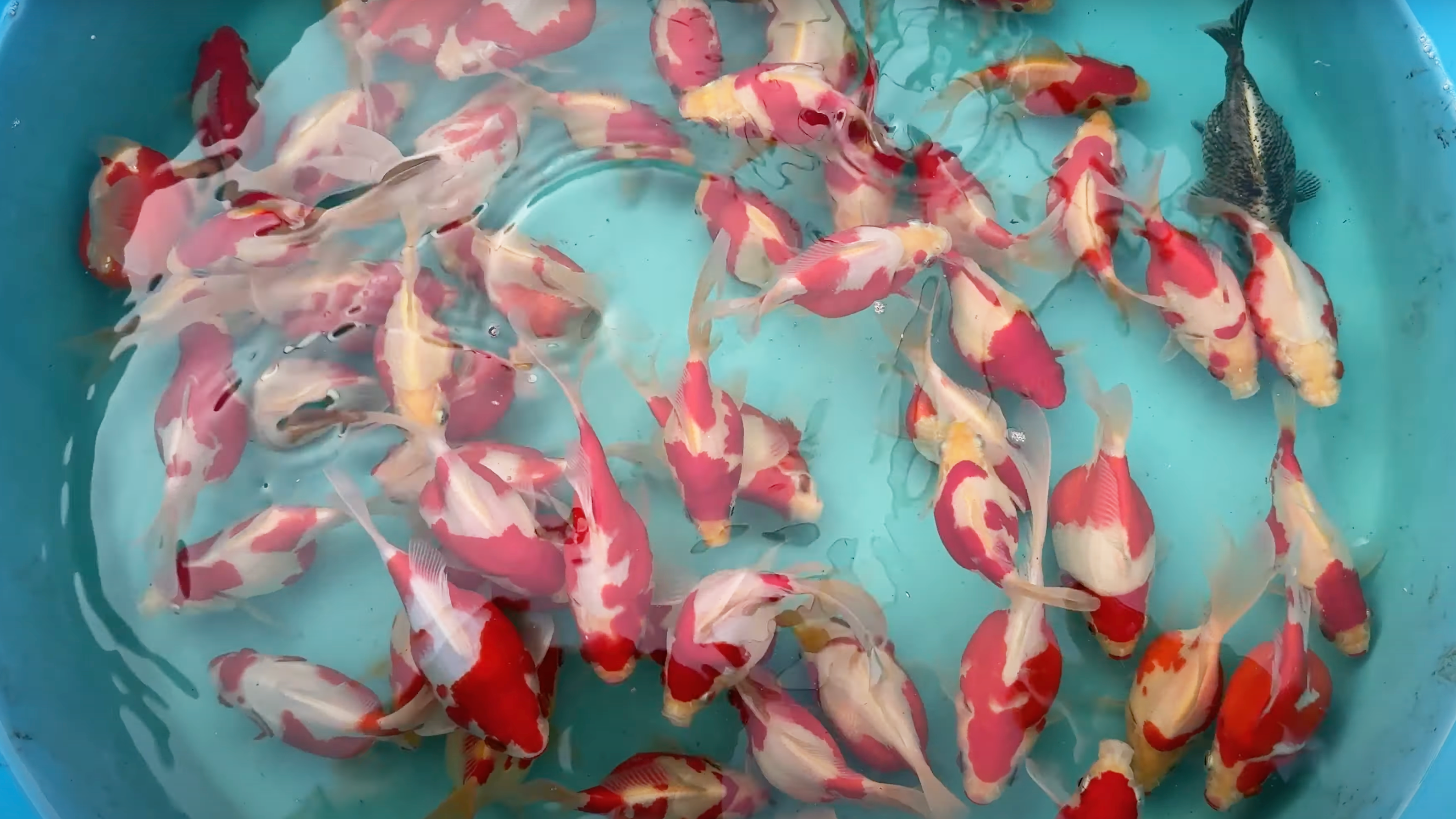Tamasaba Goldfish: The Hardy and Eye-Catching Choice for Koi Ponds
If you're looking for a goldfish that can not only hold its own in a koi pond but also add a unique aesthetic appeal, the Tamasaba Goldfish is a fantastic option. Known for their resilience and beauty, these Japanese goldfish are a practical and striking addition to any pond setup.
What Are Tamasaba Goldfish?
Tamasaba are a distinctive Japanese strain of goldfish, often compared to the Thai Ryukin due to similarities in shape. However, what sets the Tamasaba apart is their remarkable hardiness. These fish are well-suited for outdoor ponds and have no trouble coexisting with koi. They feed aggressively at the surface, mix well with koi without conflict, and can withstand colder winter temperatures, making them an excellent all-year-round option for pond owners.
Ideal for Viewing and Visual Appeal
One of the standout features of Tamasaba is how well they adapt to both top-view and side-view presentations. This makes them a joy to watch through pond windows, where their patterns and shapes can be appreciated from different angles. Depending on their coloration and body shape, some Tamasaba are better suited to one view over the other—but many excel in both.
Selection and Growth Characteristics
When it comes to selecting quality Tamasaba, understanding their bone structure and body proportions is key. Over time, experienced keepers learn to assess which fish are likely to grow well based on traits starting from the head structure and backbone.
Interestingly, advice from Marushin—a renowned Japanese Tamasaba breeder—emphasizes avoiding young fish with excessively high backs, as these tend to struggle with growth. Instead, a balanced middle ground is ideal. Fish that are too elongated with little height begin to resemble a different goldfish variety called Sabao, which lacks the Tamasaba’s distinctive deep body. Striking the right balance leads to fish that grow out with the ideal shape and structure.
A Fish That Draws Attention
Tamasaba aren't just hardy—they're attention-grabbing. In fact, one example mentioned involved a Tamasaba being the first fish visitors noticed when viewing a pond through a window. This visual impact, combined with their survivability and compatibility with koi, makes them a standout choice for hobbyists looking to enhance their pond both functionally and aesthetically.

